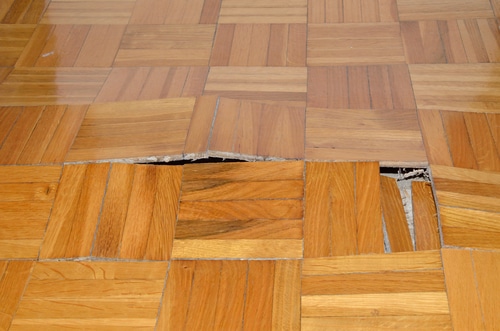Just how to Inspect If Your House Has a Covert Leak
Just how to Inspect If Your House Has a Covert Leak
Blog Article
Presented here below you can find lots of great tips on the subject of Finding hidden leaks.

Early detection of dripping water lines can reduce a possible disaster. Besides saving you cash, it will certainly reduce the stress as well as aggravation. The minute you locate a leak, calling your plumber for repair services is the very best solution. However, some small water leakages might not be visible. Here are some hacks that aid if you can not detect it with your naked eyes.
1. Examine the Water Meter
Examining it is a proven means that aids you discover leakages. If it relocates, that suggests a fast-moving leak. This implies you may have a sluggish leak that might also be below ground.
2. Inspect Water Intake
Examine your water costs and also track your water consumption. As the one paying it, you should observe if there are any kind of discrepancies. If you find sudden changes, regardless of your intake being the same, it indicates that you have leakages in your plumbing system. Bear in mind, your water bill need to fall under the same array every month. An unexpected spike in your bill indicates a fast-moving leakage.
A constant increase every month, also with the same habits, shows you have a slow-moving leakage that's also gradually rising. Call a plumber to thoroughly inspect your home, specifically if you really feel a warm area on your floor with piping beneath.
3. Do a Food Coloring Test
30% comes from commodes when it comes to water consumption. Examination to see if they are running effectively. Decline flecks of food shade in the tank and also wait 10 mins. There's a leakage between the storage tank and bowl if the color in some way infiltrates your dish during that time without flushing.
4. Asses Exterior Lines
Don't neglect to check your exterior water lines as well. Ought to water seep out of the link, you have a loose rubber gasket. One little leak can waste bunches of water as well as spike your water expense.
5. Assess the circumstance and check
House owners should make it a routine to check under the sink counters as well as even inside cupboards for any kind of bad odor or mold development. These two warnings show a leakage so prompt focus is required. Doing routine examinations, even bi-annually, can conserve you from a significant problem.
If you recognize your home is already old, maintain a careful eye on your heaters, pipes, pipelines etc. Check for discolorations as well as compromising as a lot of pipes as well as devices have a life span. They will also naturally degrade as a result of tear and use. If you believe leaking water lines in your plumbing system, do not await it to escalate. Call a specialist plumber immediately so you don't end up with a horrible mess in your house.
Early discovery of dripping water lines can reduce a prospective calamity. Some small water leaks might not be visible. Inspecting it is a guaranteed means that assists you uncover leaks. One tiny leakage can lose lots of water and also surge your water expense.
If you suspect dripping water lines in your plumbing system, do not wait for it to escalate.
WARNING SIGNS OF WATER LEAKAGE BEHIND THE WALL
PERSISTENT MUSTY ODORS
As water slowly drips from a leaky pipe inside the wall, flooring and sheetrock stay damp and develop an odor similar to wet cardboard. It generates a musty smell that can help you find hidden leaks.
MOLD IN UNUSUAL AREAS
Mold usually grows in wet areas like kitchens, baths and laundry rooms. If you spot the stuff on walls or baseboards in other rooms of the house, it’s a good indicator of undetected water leaks.
STAINS THAT GROW
When mold thrives around a leaky pipe, it sometimes takes hold on the inside surface of the affected wall. A growing stain on otherwise clean sheetrock is often your sign of a hidden plumbing problem.
PEELING OR BUBBLING WALLPAPER / PAINT
This clue is easy to miss in rooms that don’t get much use. When you see wallpaper separating along seams or paint bubbling or flaking off the wall, blame sheetrock that stays wet because of an undetected leak.
BUCKLED CEILINGS AND STAINED FLOORS
If ceilings or floors in bathrooms, kitchens or laundry areas develop structural problems, don’t rule out constant damp inside the walls. Wet sheetrock can affect adjacent framing, flooring and ceilings.
https://www.servicemasterbyzaba.com/blog/how-to-detect-water-leakage-in-walls/

I have been very eager about Finding hidden leaks and I am assuming you liked my post. Are you aware of another individual who is inquisitive about the niche? Why not share it. I am grateful for your time. Kindly come visit our website back soon.
Report this page